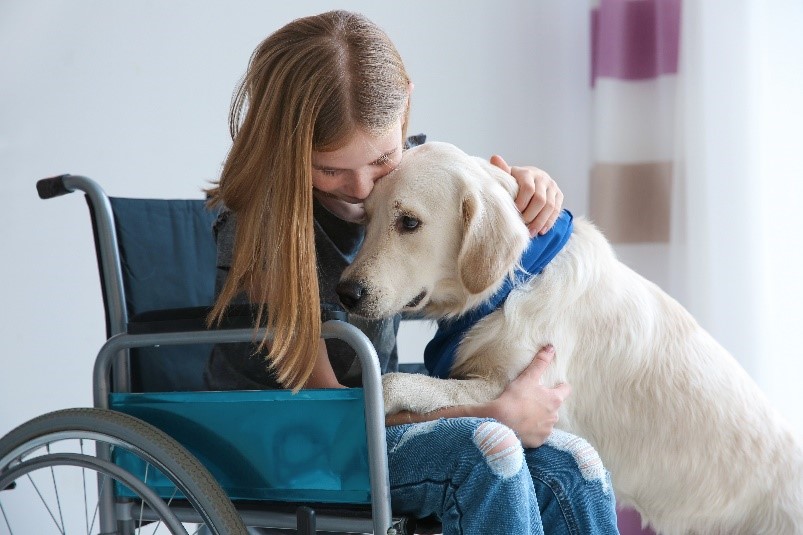
30th Anniversary of the Americans with Disabilities Act (ADA)
This month marks the 30th anniversary of the Americans with Disabilities Act (ADA), which was signed into law on July 26, 1990. The ADA prohibits discrimination on the basis of disability and guarantees that people with disabilities have the same opportunities as everyone else to participate in American life -- to enjoy employment opportunities, to purchase goods and services, and to participate in state and local government programs and services. The ADA ensures that children are able to participate in public school districts, institutions of higher education, and other state and local education agencies that receive Federal funding.
Academic and Social Benefits for All Students
According to the National Center for Education Statistics, in 2018-2019, 14 percent of all public school students, or 7.1 million students between the ages of 3 and 21 received special education services. The number of children with disabilities and access and functional needs who are spending more than 80 percent of their time in general classes in regular schools has increased from 47 percent in fall 2000 to 64 percent in fall 2018. This is good news for all students! Research has shown that inclusive classrooms that implement evidence-based practices can provide academic and social benefits to all students, including social diversity and learning; use of different instructional modalities that meet a variety of learning types; and opportunities to teach and learn from peers, among others.
Bullying Prevention for Youth with Disabilities and Special Health Needs
Unfortunately, children with disabilities and healthcare needs are also at greater risk for bullying by their peers. Any number of factors— physical vulnerability, social skill challenges, intolerant environments, and lack of friends—may increase the risk. Having friends who are respected by peers can help prevent and protect against bullying. Schools and teachers can implement evidence-based approaches to address student’s needs that also help prevent bullying. Strategies that use a team approach, foster peer engagement and relationships, and help students develop empathy can create positive outcomes for all students. StopBullying.gov has information on Bullying and Youth with Disabilities and Special Health Needs that can help parents, educators and teachers prevent bullying.

